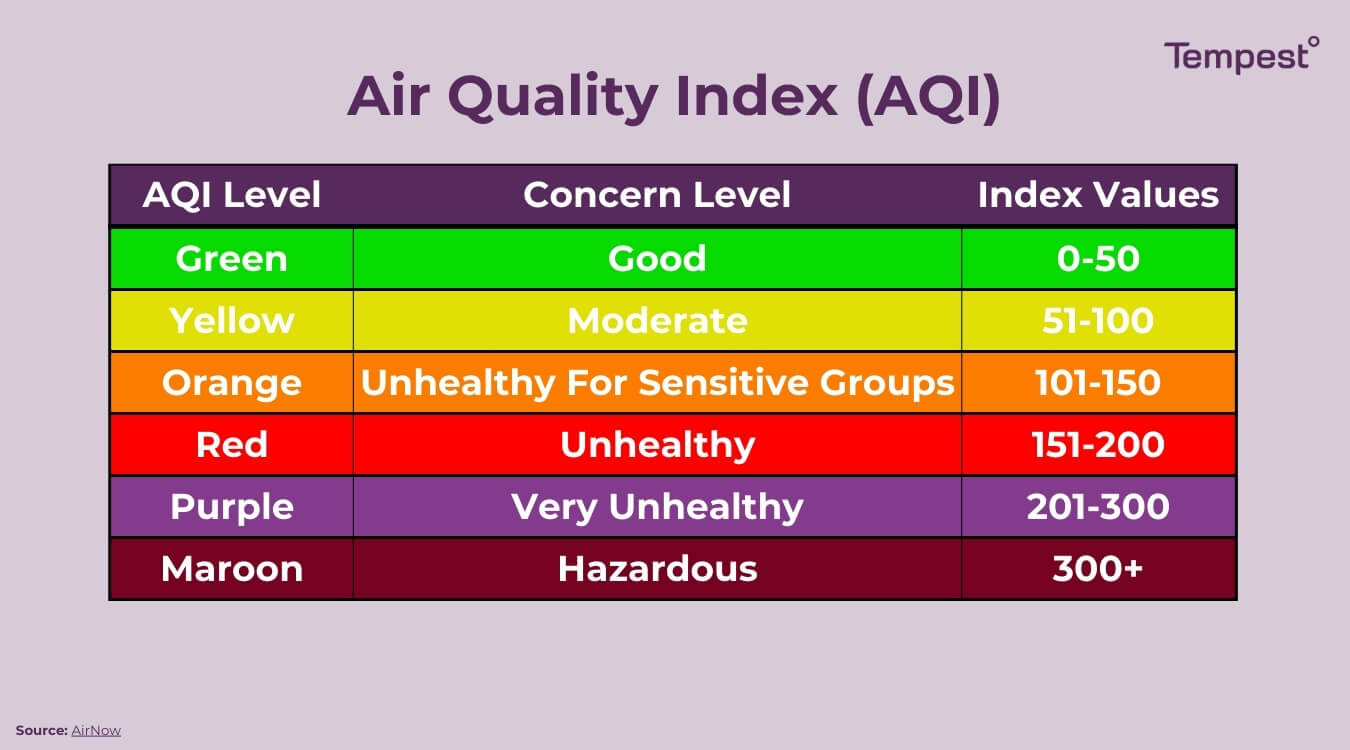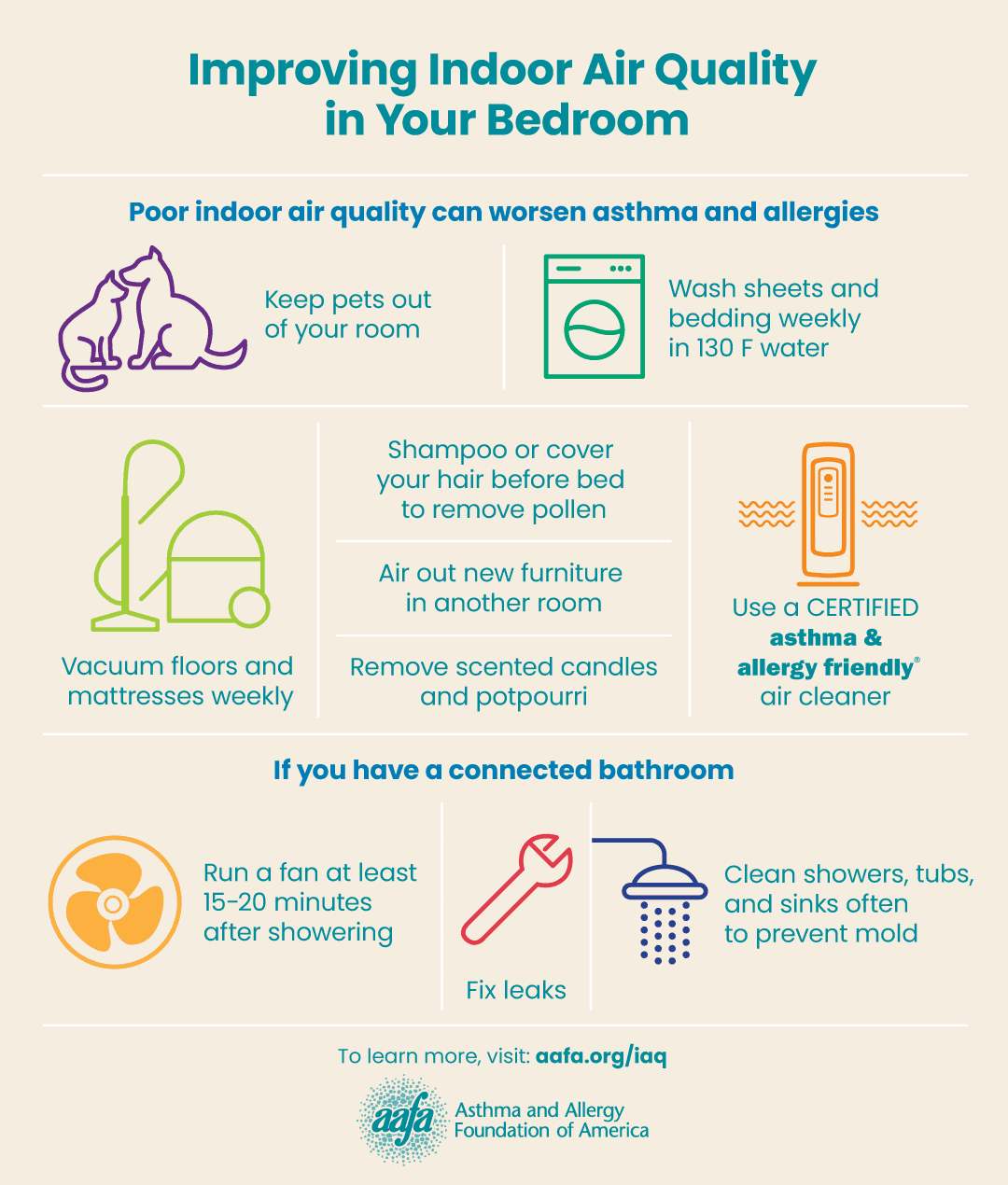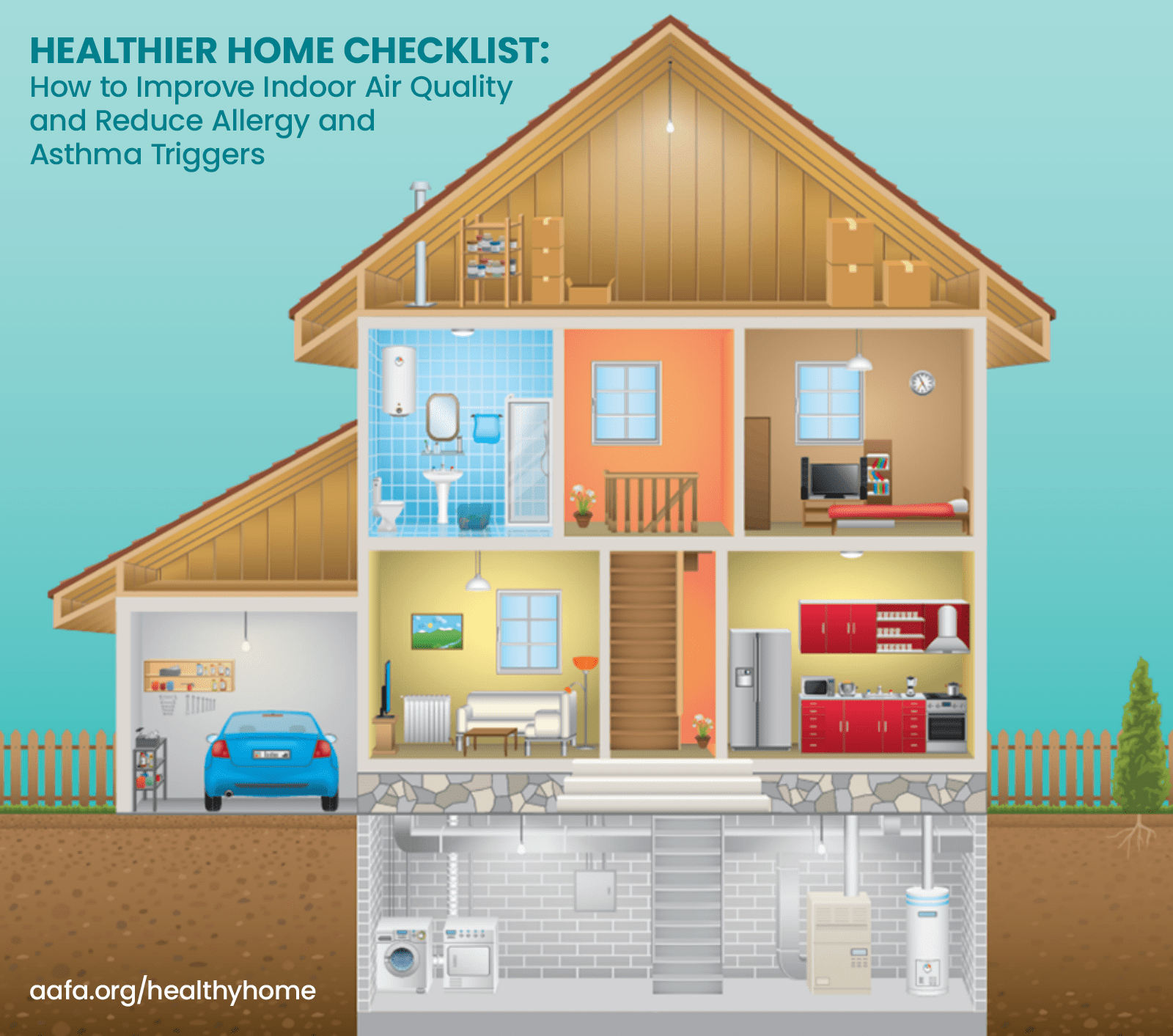Testing your home’s air quality for allergens is essential. It helps ensure a healthy living environment.
Allergens in the air can cause various health issues, especially for those with allergies or asthma. Understanding and testing for these allergens can significantly improve your indoor air quality. Many factors can affect indoor air quality, from dust and pet dander to mold spores and pollen.
Identifying these allergens is the first step to creating a safer home. Testing can help you pinpoint problem areas and take action to reduce or eliminate allergens. In this guide, we’ll explore simple and effective methods for testing your home’s air quality. With these tips, you can breathe easier and keep your family healthy.
Introduction To Home Air Quality
Understanding home air quality is crucial for a healthy living environment. Many don’t realize how indoor air can affect health. Clean air at home can reduce allergies and respiratory issues.
Importance Of Clean Air
Clean air is vital for overall well-being. Breathing clean air helps prevent health problems. Poor air quality can cause headaches, dizziness, and fatigue. Long-term exposure can lead to serious conditions like asthma.
Common Indoor Allergens
Indoor allergens are common in many homes. Dust mites are tiny creatures that thrive in bedding and carpets. Pet dander comes from animals and can cause allergic reactions. Mold grows in damp areas and releases spores into the air. Pollen can enter homes through windows and doors. Cleaning and proper ventilation can help reduce these allergens.
Signs Of Poor Air Quality
Recognizing signs of poor air quality in your home is crucial. It helps in identifying and mitigating potential health risks. Various factors contribute to indoor air pollution, leading to allergens that can affect your well-being. Pay attention to these signs to ensure a healthier living environment.
Health Symptoms
Health symptoms are often the first indicators of poor air quality. Common symptoms include frequent headaches, dizziness, and fatigue. You may also experience persistent coughing and sneezing. Watery eyes and a runny nose are other signs. If you suffer from allergies, symptoms may worsen. Asthma attacks might become more frequent and severe. Pay attention to these health cues. They can signal the need for an air quality test.
Visible Indicators
Visible indicators can also point to poor air quality. Dust accumulation on surfaces is a red flag. Mold growth in damp areas is another serious sign. You might notice a musty smell in rooms. Stale air or lack of ventilation can worsen the situation. Pay attention to discoloration on walls or ceilings. These signs often indicate mold or mildew presence. Visible indicators are easier to spot and address.
Preparing For Air Quality Testing
Testing your home’s air quality is crucial to ensure a healthy living environment. Proper preparation is key to getting accurate results. This section will guide you through the necessary steps.
Gathering Necessary Tools
First, gather the tools needed for testing. You will need an air quality monitor. These devices measure various pollutants and allergens in the air. Choose one that is easy to use and reliable.
You may also need dust collectors or petri dishes. These tools help capture samples of dust and allergens. Make sure you have gloves and masks to protect yourself during the process.
Choosing The Right Time
Next, pick the best time for testing. Avoid testing during extreme weather conditions. These can affect the air quality results.
Test your air during normal household activities. This provides a realistic snapshot of your living conditions. Make sure all windows and doors are closed for at least 24 hours before testing.
Follow these steps to ensure accurate air quality results. Your health and comfort depend on clean air. Proper preparation makes all the difference.

Credit: tempest.earth
Diy Air Quality Test Methods
Testing your home’s air quality for allergens is crucial. It ensures a healthy living environment. You can use DIY methods to check for pollutants. These methods are simple and cost-effective. Below, we will explore two popular ways to test your home’s air quality.
Using Air Quality Monitors
Air quality monitors are devices that measure indoor air quality. They detect various pollutants and allergens. Here’s how you can use them:
- Purchase a reliable air quality monitor. You can find them online or at local stores.
- Place the monitor in a central location. Ensure it’s away from windows and doors.
- Turn it on and let it run for 24 hours. This provides accurate readings.
- Check the readings on the device. Look for high levels of dust, pollen, and other allergens.
Consider placing monitors in different rooms. This helps identify specific problem areas. Monitoring regularly can keep your home’s air clean.
Conducting Mold Tests
Mold is a common indoor allergen. It can cause respiratory issues and allergies. Conducting mold tests at home is simple and effective.
- Buy a mold test kit. You can find these at hardware stores or online.
- Follow the instructions provided in the kit.
- Collect samples from different areas. Focus on damp or humid spots.
- Send the samples to a lab for analysis.
Testing for mold helps in early detection. It allows for timely removal, ensuring a healthier home environment.
Professional Air Quality Testing
Maintaining clean air in your home is crucial for your health. Hiring professionals to test air quality ensures accurate results. They can detect allergens and other harmful particles that you might miss.
When To Hire Professionals
Consider hiring professionals if you or your family experience frequent allergies. Symptoms like sneezing, coughing, or watery eyes may indicate poor air quality. Mold or musty smells also suggest the need for professional testing. Homes with pets or recent renovations should have their air quality checked. Large amounts of dust or dirt accumulation can also be a sign.
What To Expect
Professional air quality testing involves several steps. First, technicians inspect your home thoroughly. They look for potential sources of allergens and pollutants. Samples are then collected from various areas of your home. These samples are analyzed in a laboratory. Results usually take a few days to process.
The test results will show levels of different allergens like dust mites, pollen, and mold spores. You will receive a detailed report outlining the findings. This report will help you understand the air quality in your home. Professionals also provide recommendations to improve your air quality.
Table of Common Allergens Detected in Air Quality Tests:
| Allergen | Possible Source |
|---|---|
| Dust Mites | Carpets, Bedding |
| Pollen | Plants, Trees |
| Mold Spores | Damp Areas |
| Pet Dander | Pets |
Understanding these allergens helps you take action to improve air quality. Professional testing offers peace of mind and a healthier living environment.

Credit: community.aafa.org
Interpreting Test Results
Testing your home’s air quality for allergens is just the first step. Understanding the test results is crucial for making informed decisions. This section will help you interpret these results effectively.
Understanding Readings
Air quality test results often come with numerical readings. These numbers indicate the concentration of allergens in the air. A higher number means a higher concentration of allergens. Look for readings on common allergens like dust mites, mold, pet dander, and pollen.
Read the instructions provided with your air quality test kit carefully. Most kits will have a reference chart. Compare your results to this chart to understand the severity of the allergens. If the numbers are high, your home may need more thorough cleaning or professional intervention.
Identifying Problem Areas
Identify areas in your home where the readings are the highest. These could be areas with poor ventilation, like basements or attics. Bedrooms and living rooms can also have high allergen levels if they are not cleaned regularly.
Focus on cleaning these problem areas more frequently. Use air purifiers to help reduce the concentration of allergens. Pay attention to places where mold might grow, such as bathrooms and kitchens. Regularly check and clean air filters in your HVAC system to maintain good air quality.
Improving Your Home’s Air Quality
Improving your home’s air quality is crucial for reducing allergens. By taking some simple steps, you can breathe easier and enjoy a healthier living space. Below are effective methods to enhance the air quality in your home.
Using Air Purifiers
Air purifiers can significantly improve your home’s air quality. They remove dust, pollen, and other allergens from the air. Here are some tips for using air purifiers:
- Choose an air purifier with a HEPA filter for better results.
- Place air purifiers in rooms where you spend most of your time.
- Keep doors and windows closed to maximize the purifier’s efficiency.
- Regularly replace or clean the filters as recommended by the manufacturer.
Regular Cleaning Tips
Regular cleaning can help reduce allergens in your home. Follow these tips to maintain a clean environment:
- Dust surfaces with a damp cloth to avoid spreading particles.
- Vacuum carpets and rugs weekly using a vacuum with a HEPA filter.
- Mop floors regularly to remove dust and pet dander.
- Wash bedding and curtains in hot water to kill dust mites.
- Keep clutter to a minimum as it can collect dust.
By incorporating these steps, you can significantly improve your home’s air quality. Regular cleaning and the use of air purifiers are effective ways to keep allergens at bay.

Credit: aafa.org
Preventing Future Air Quality Issues
Preventing future air quality issues is essential for a healthier home environment. Regular maintenance and proactive measures help keep allergens at bay. This section covers two critical steps: maintaining HVAC systems and controlling humidity levels.
Maintaining Hvac Systems
Regularly clean and replace HVAC filters. Dirty filters harbor allergens. Schedule professional HVAC inspections annually. This ensures optimal performance and identifies potential problems early. Use HEPA filters to trap smaller particles. They improve air quality significantly.
Controlling Humidity Levels
Keep indoor humidity levels between 30-50%. High humidity promotes mold growth. Use dehumidifiers in damp areas like basements. Monitor humidity with a hygrometer. Ventilate bathrooms and kitchens properly. This reduces moisture buildup and prevents mold.
Frequently Asked Questions
How Can I Test My Home’s Air Quality?
You can test your home’s air quality using DIY test kits or professional services. Kits detect common allergens. Professionals provide detailed analysis.
What Are Common Home Allergens?
Common home allergens include dust mites, mold spores, pet dander, and pollen. These can affect your health significantly.
How Do Air Quality Test Kits Work?
Air quality test kits collect samples of air or dust. They analyze these samples for allergens like mold, pollen, and dust mites.
Why Is Testing Home Air Quality Important?
Testing your home’s air quality helps identify allergens. It ensures a healthier living environment, preventing allergies and respiratory issues.
Conclusion
Testing your home’s air quality for allergens is essential. It helps maintain a healthy living environment. Simple tests can identify common allergens. This knowledge lets you take action. Clean, fresh air improves overall well-being. Regular checks ensure a safer home.
Make testing a part of your routine. Your health will thank you.
Rakib Sarwar is a Registered Pharmacist and a reputed health and wellness blogger. He has a great interest in Air purifiers.
